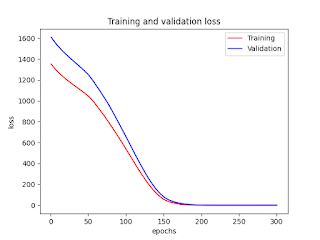There are three types of people: taker, matcher, and giver
Ideally, when you start giving, your reputation get higher, and it expands your possibility. Thanks to the Internet, especially social networking websites, people can come to know your reputation faster, in a larger scale, and in a more transparent way than before. It is getting more and more difficult for takers to get people fooled by behaving like a giver.
Successful givers have unique approaches to interactions in four key domains: networking, collaborating, evaluating, and influencing.
Networking: building a relationship with new and existing people in your network to gain (1) non public info, (2) various skills, knowledge, and experience, and (3) power.
Collaborating: work with your colleagues to achieve results and respect from them
Evaluating: find talented people, improve it, and then achieve a result
Influencing: get others interested in your ideas, concerns, and so on for your sales, persuasion, negotiation, and getting support
If you want to know someone, see how he or she is treating others who do not have any merit to him or her. If he or she has more power, then he or she tends to show who he/she really is while being generous and responsible.
Successful givers give others while pursuing their own satisfaction / merit / profit, asking for help from someone, but not sacrificing themselves. They think when, where, how, and who to give. They try to feel appreciated.
Also, they should think that they're doing something not only for themselves, but also for their family, friends, bosses, colleagues, or someone they are responsible or care for. It prevents them from getting exploited by takers.
Ideally, when you start giving, your reputation get higher, and it expands your possibility. Thanks to the Internet, especially social networking websites, people can come to know your reputation faster, in a larger scale, and in a more transparent way than before. It is getting more and more difficult for takers to get people fooled by behaving like a giver.
Successful givers have unique approaches to interactions in four key domains: networking, collaborating, evaluating, and influencing.
Networking: building a relationship with new and existing people in your network to gain (1) non public info, (2) various skills, knowledge, and experience, and (3) power.
Collaborating: work with your colleagues to achieve results and respect from them
Evaluating: find talented people, improve it, and then achieve a result
Influencing: get others interested in your ideas, concerns, and so on for your sales, persuasion, negotiation, and getting support
If you want to know someone, see how he or she is treating others who do not have any merit to him or her. If he or she has more power, then he or she tends to show who he/she really is while being generous and responsible.
Successful givers give others while pursuing their own satisfaction / merit / profit, asking for help from someone, but not sacrificing themselves. They think when, where, how, and who to give. They try to feel appreciated.
Also, they should think that they're doing something not only for themselves, but also for their family, friends, bosses, colleagues, or someone they are responsible or care for. It prevents them from getting exploited by takers.
amazon.co.jp


No comments:
Post a Comment